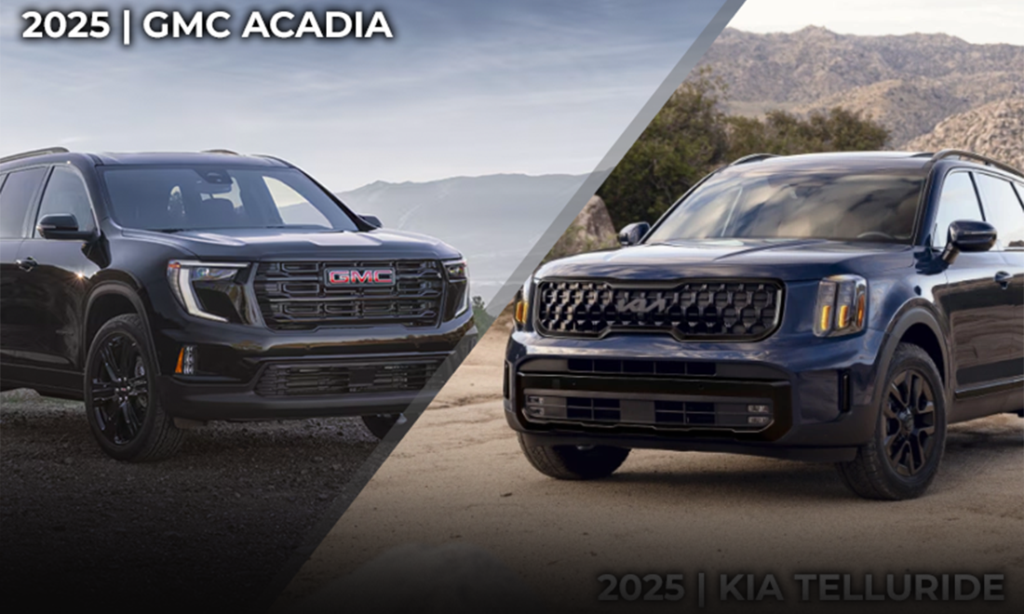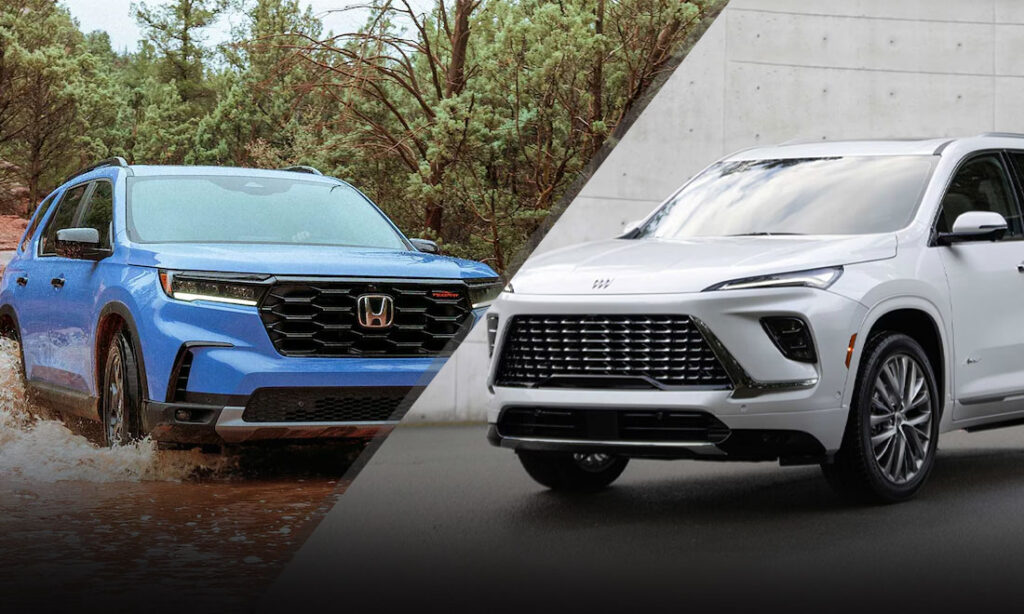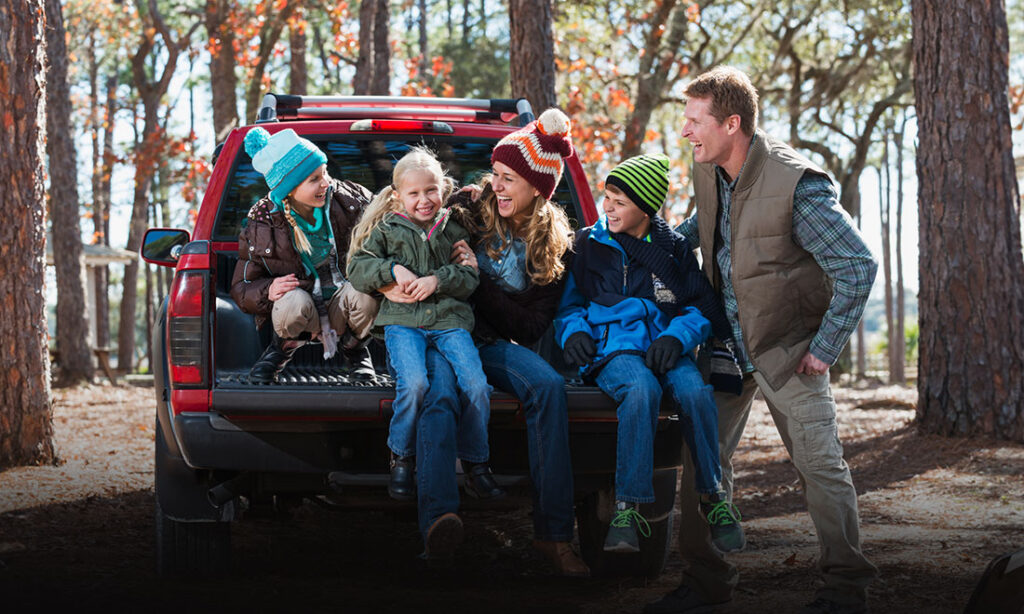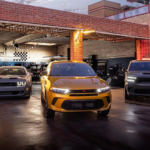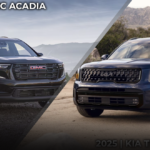The Best Trucks, SUVs, and Cars for Delivery Drivers
We’ve compiled a list of the best trucks, SUVs, and cars for delivery drivers. If you are a part-time dasher or full-time driver find your next ride here.
Great Rides for Gig Drivers
Whether it’s UberEats, Postmates, Amazon Flex, or another new upcoming brand, mobile delivery jobs are everywhere now. To that end, freelancers want to get the most bang for their buck and that means choosing the right vehicle for the right type of delivery. Today, we’re breaking down three categories of delivery drivers and the best vehicles for each. Whether you sling pizzas or Pelotons, we’ve got the right delivery vehicle for you here.
Best Cars for Delivery Drivers
Those who deliver food, dry cleaning, or other small or compact items don’t need enough space for a 4×8 sheet of plywood. Instead, they need to focus on fuel efficiency, safety, and integrated navigation quality. We’ve compiled three of the best cars for delivery drivers that have those qualities.
Toyota Prius
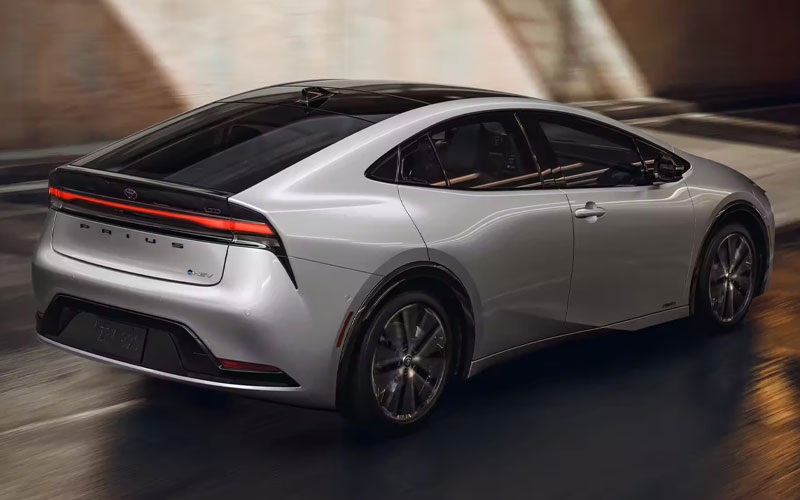
Whether new or used, the Toyota Prius is a prime example of a near-perfect small delivery car. It’s more than large enough to handle multiple orders at once, it’s incredibly fuel efficient, and since 2017, it comes with Toyota’s Safety Sense technology. Recent models average well above 50 miles per gallon too. After 2021, all Prius models feature Android Auto and Apple CarPlay as well. There’s very little to not like about the Prius from a delivery standpoint.
Chevrolet Bolt EUV
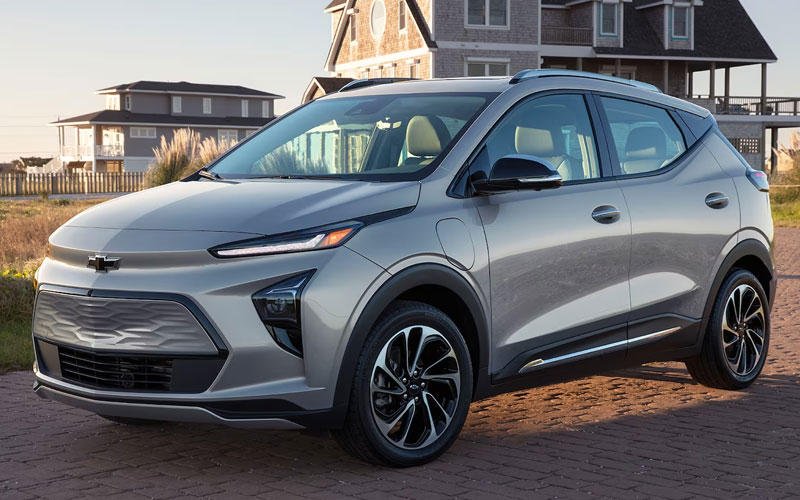
The everyday Chevrolet Bolt is a good EV but the Bolt EUV offers more cargo room and better technology without any real tradeoff. Chevrolet sells the bolt with nearly 250 miles of range, seating for five, cargo space above 50 cubic feet with the rear seats folded down, and the availability of SuperCruise. Thanks to DC fast charging capability, the Bolt EUV can add about 95 miles of range in roughly 30 minutes. Pricing starts above $30,000 but federal and state tax incentives might drop that price lower. It’s worth noting too that EV infrastructure is improving at a rapid rate nationwide.
Hyundai Sonata Hybrid
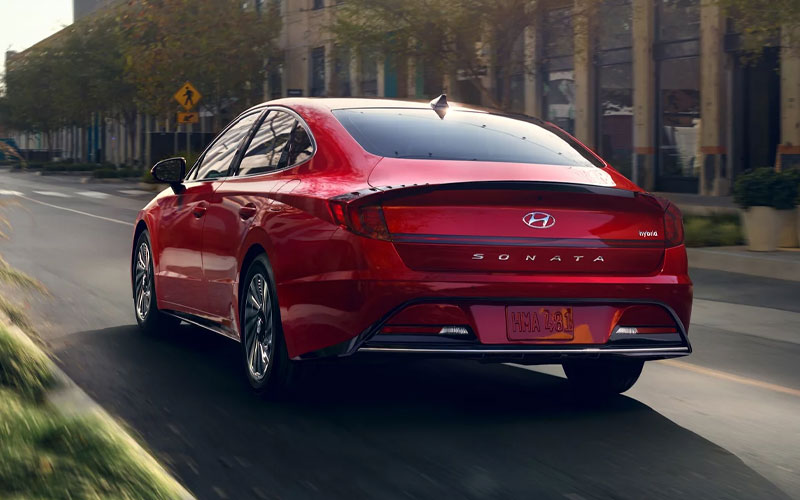
Finally, we love the Hyundai Sonata Hybrid for a host of reasons. Not only does it offer nearly Prius-levels of fuel economy, but it’s pretty decent to drive too. The interior feels upscale and also comes with Android Auto and Apple CarPlay. Standard safety equipment includes adaptive cruise control, automatic high beams, lane-keep assist, and more. Later models may also benefit from transferable warranty coverage depending on age and mileage.
Best Delivery Vans
Sometimes having enough space to move large things is the biggest factor in terms of a successful delivery business. To that end, these three vehicles put more value on interior space and configurability than they do on fuel economy. At the same time, they find a nice balance between the two while maintaining a high level of reliability.
Ford Transit Van
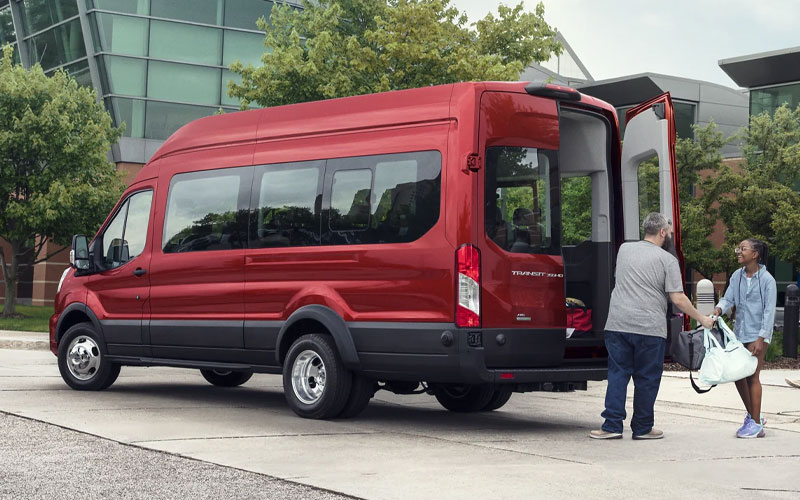
Ford’s Transit is a desirable delivery vehicle. Not only does it feature three different powertrains but it’s about as configurable as a van can possibly get. The latest model is available with a naturally aspirated V6, a twin-turbocharged V6, or an all-electric powertrain. Buyers can even select the Transit Trail which is designed for those who need cargo space but also need to go off-road. Ford also offers a huge catalog of digital support from route planning to maintenance reminders and more.
RAM ProMaster Cargo Van
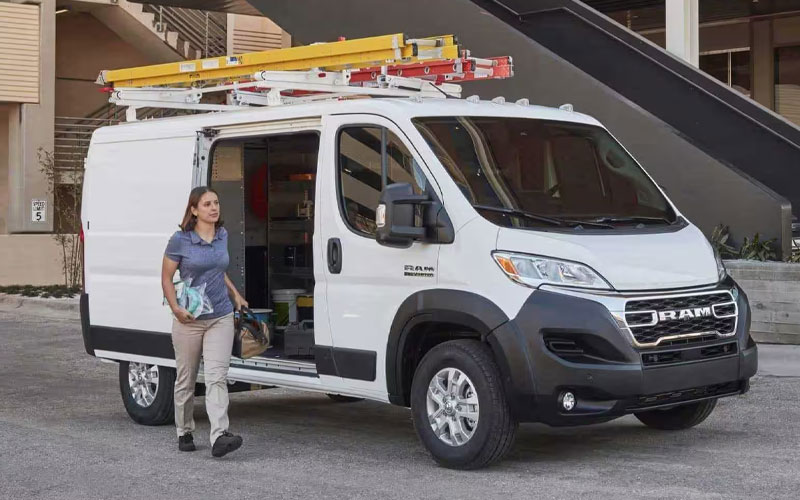
The ProMaster has a few drawbacks compared to its rivals like the fact that it’s limited to front-wheel drive only, but it also comes with more standard features. That makes long-haul driving easier thanks to standard blind-spot monitoring, forward collision warning, automated emergency braking, and rear cross-traffic alert. Adaptive cruise control is also available. Every ProMaster uses a 3.6-liter V6 with 275 hp and 250 lb-ft of torque. A 7.0-inch infotainment system is standard but a larger 10-inch unit is also available.
Chevrolet Express Van
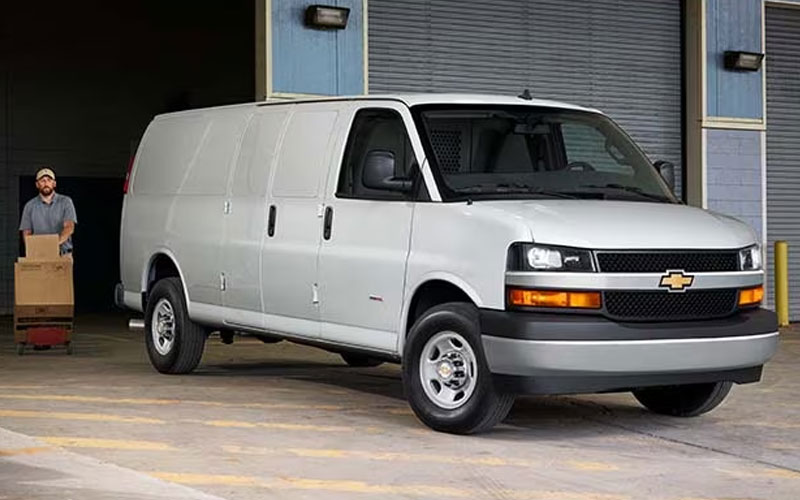
Those that need a simple but strong brute should give an eye to the Chevrolet Express van. This thing might have originally arrived on the scene sometime during the Bush administration but it’s proven itself through simple strong durability. Today, buyers can opt for a 4.3-liter V6 or a 6.6-liter V8 but used models are also available with a desirable diesel. Towing capacity comes in at a massive 10,000 pounds when properly equipped. It’s nowhere near as modern or fancy as the RAM or Ford but it’s basically unkillable.
The Best Vehicles for Delivery Drivers
What if you don’t really need a full-on cargo van but you’d like the flexibility to deliver larger items? That’s where this category comes into play. These three vehicles find a nice balance between the two and could be used both for small or larger item delivery.
Honda Ridgeline
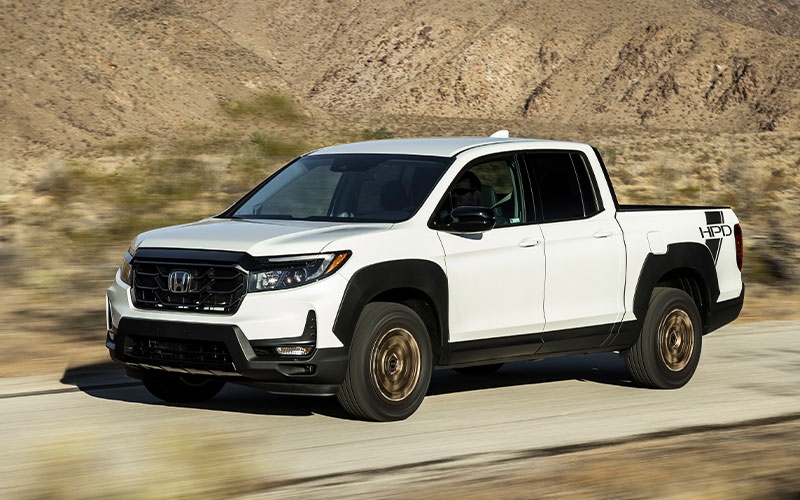
Every Ridgeline since 2021 comes with a V6, a nine-speed automatic transmission, and all-wheel drive. That’s a solid package but what makes this truck even better is that it also gets up to 18 mpg in the city and 24 on the highway so it’s not going to guzzle gas the way some full-size trucks do. The cabin and the ride quality make it feel a lot more like a car than it has any right to. In addition, the bed provides more than enough space to haul most large items with ease.
Ford Transit Connect
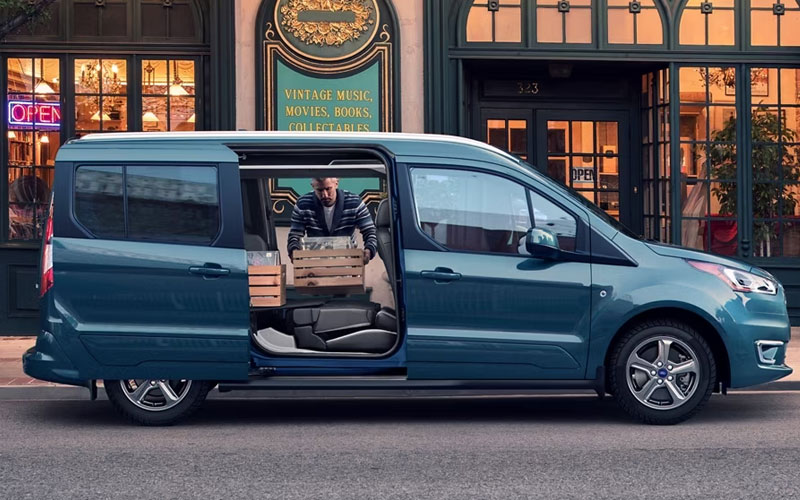
Just as its larger counterpart manages to lead the full-sized van sector, the Transit Connect is probably the best compact van. It gets up to 24 mpg in the city and 28 on the highway and comes with automated emergency braking and forward collision warning. Android Auto and Apple CarPlay are available though not standard. Buyers can choose from a number of configurations including a full-on cargo van or a seven-seat passenger van.
Chrysler Voyager

Those of you interested in the Voyager should know that it’s only available as a fleet vehicle, but that almost makes it more appealing. That means that it only comes in one trim too so there’s no need to hunt around for the “right” one. Every Voyager gets a 287 hp 3.6-liter V6, a nine-speed automatic transmission, and front-wheel drive. It also comes with Uconnect 5, one of the best infotainment systems we’ve tested. Finally, It features EPA fuel economy estimates of 19 mpg in the city and 28 on the highway. That’s not bad for a vehicle that Chrysler won’t sell to the general public.


